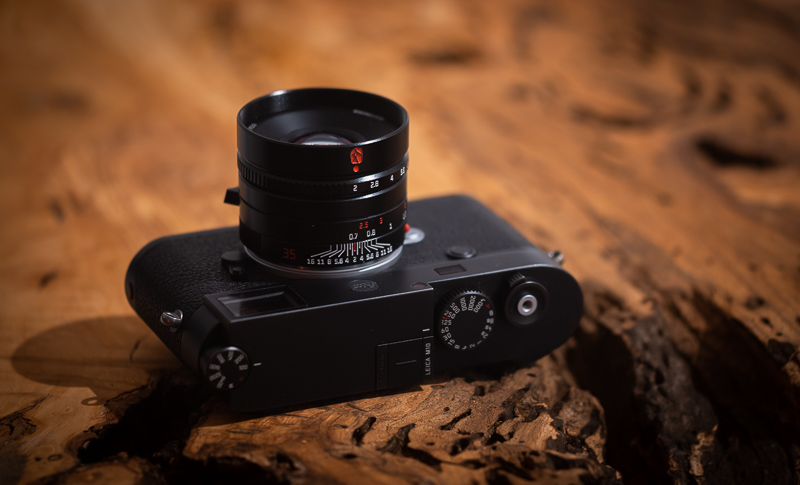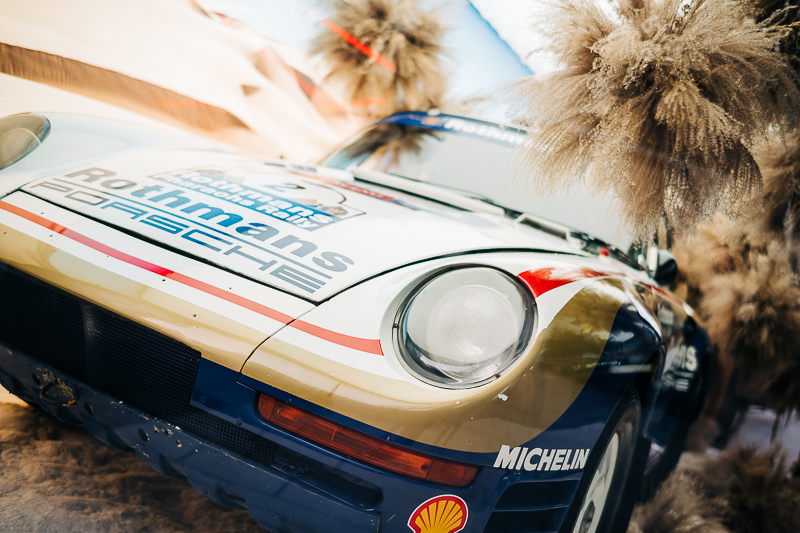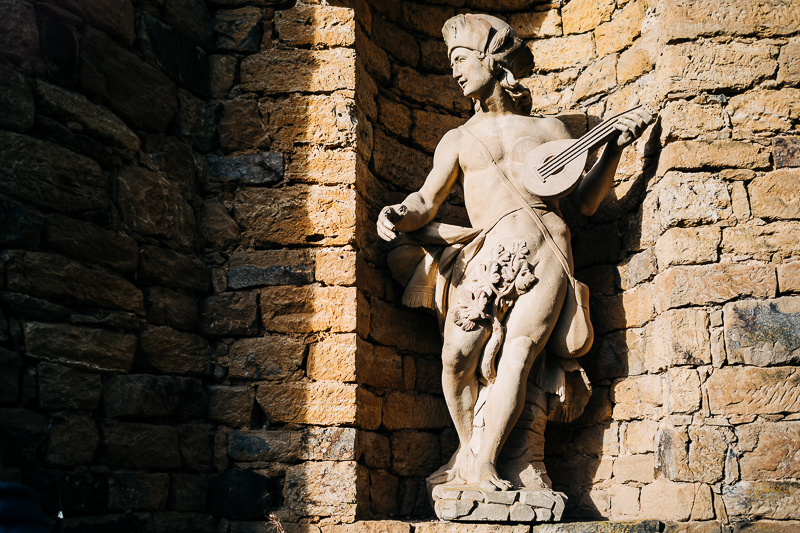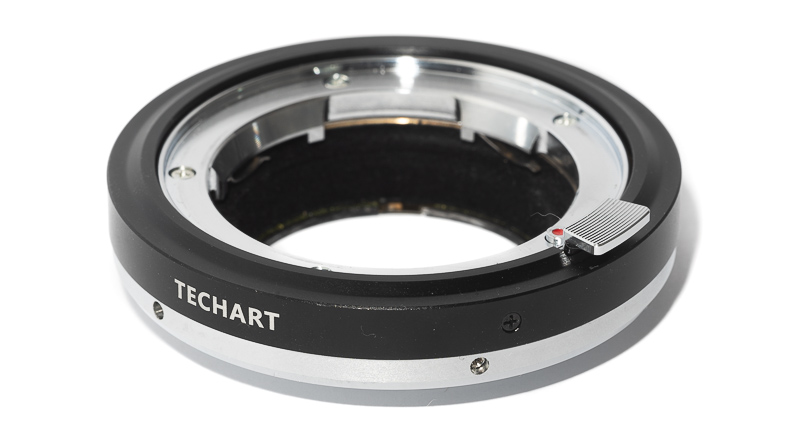Introduction
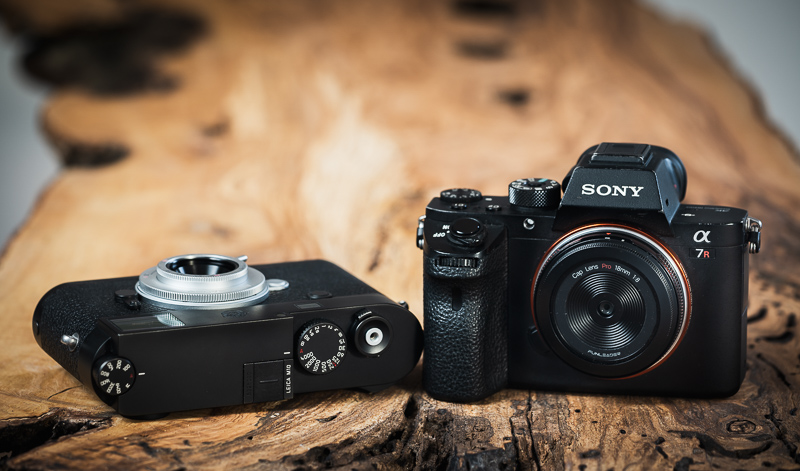
I try to be as objective as possible when reviewing lenses, but I am not always free of preconceptions. When it comes to this Funleader 18mm 8.0 I didn’t really want to review it at first. Funleader sounded more like a name of a company for adult toys to me and with the fixed f/8.0 aperture (and fixed focus) it felt like some Holga/Pinhole lens as well. But the Funleader team did not only keep being persistent in asking me to review their lens, they also improved its design: the lens can now be focused and more importantly the Funleader writing on the casing is much smaller. So this time I had a closer look and found out that it is actually a rather complex design consisting of 6 elements in 5 groups. But is this enough for an 18mm lens? Let’s find out together.
Lens is being tested on 42mp Sony A7rII and 24mp Leica M10
Sample Images







